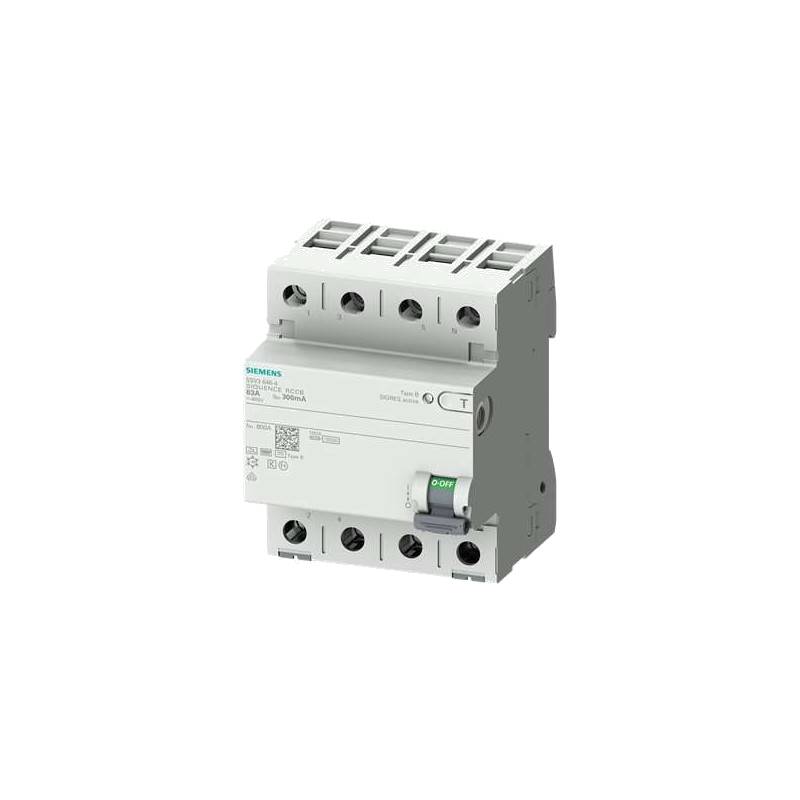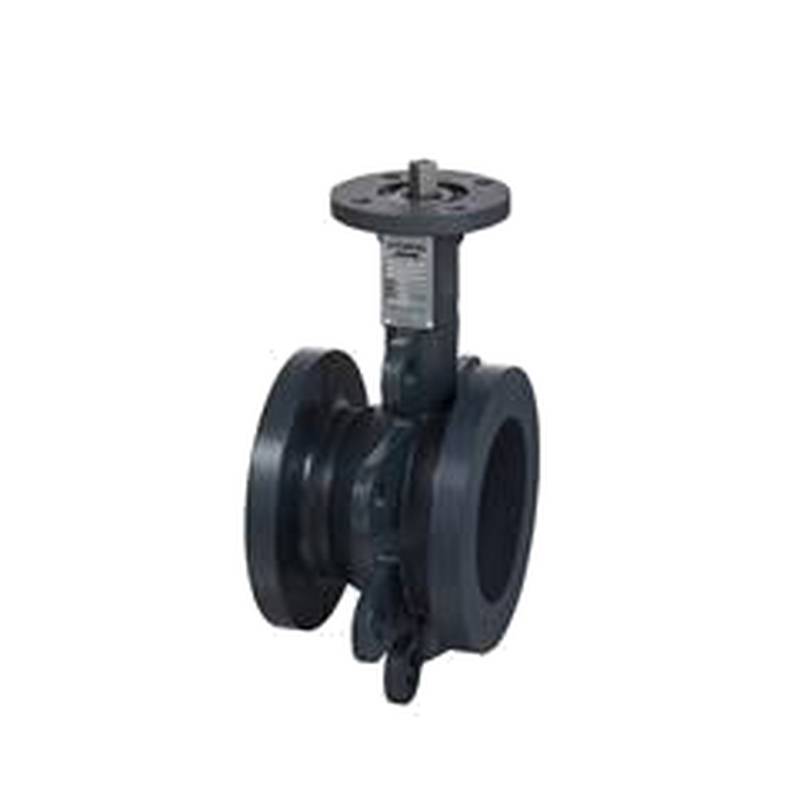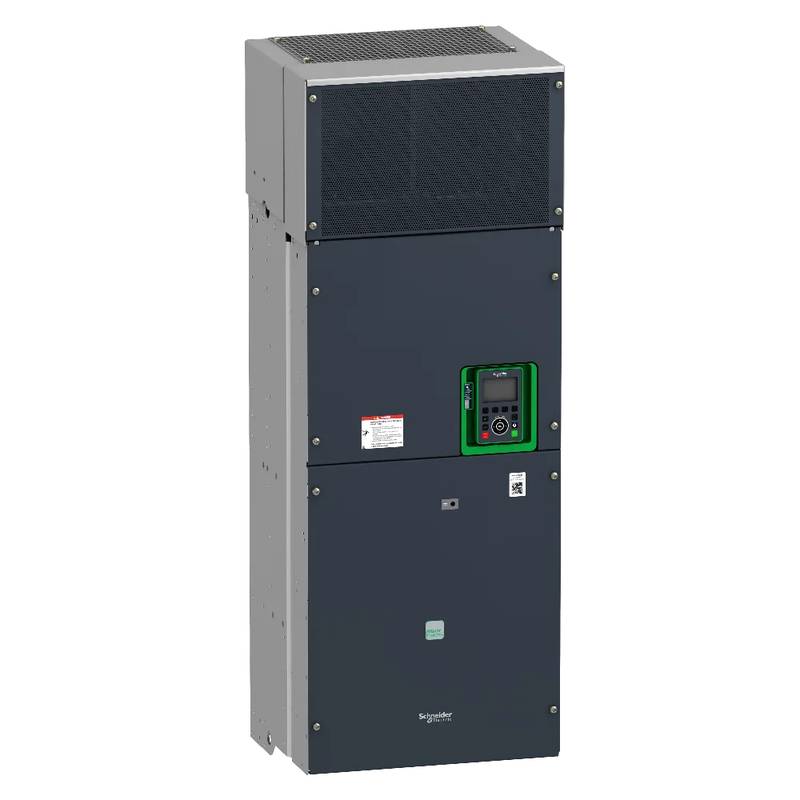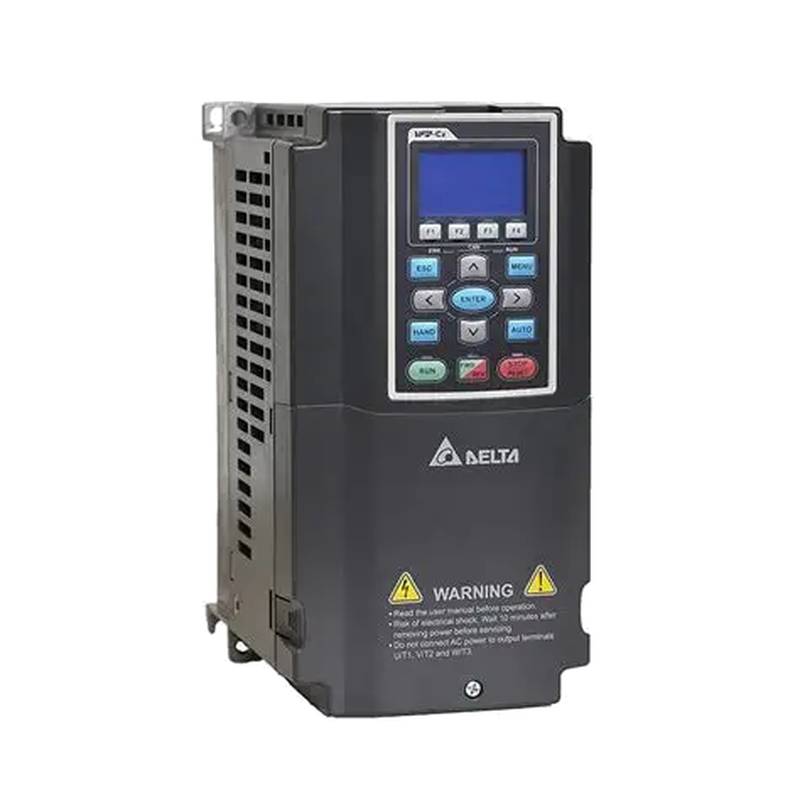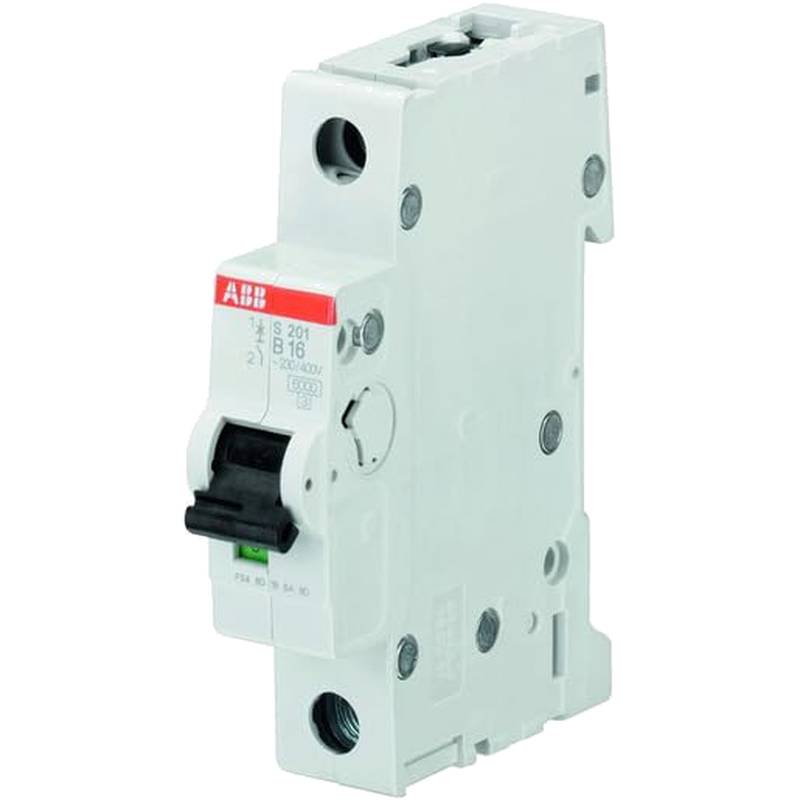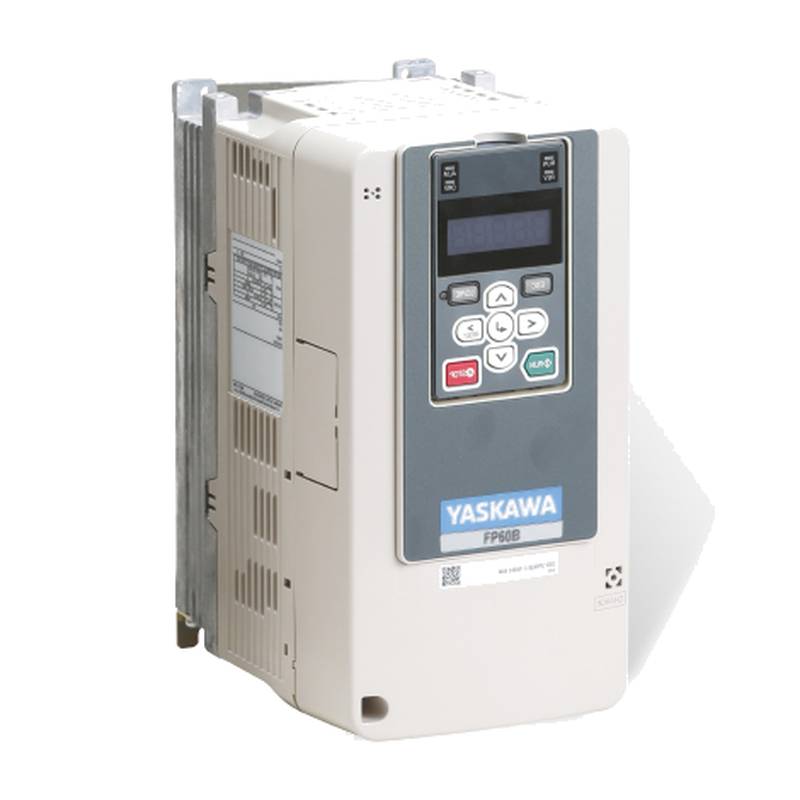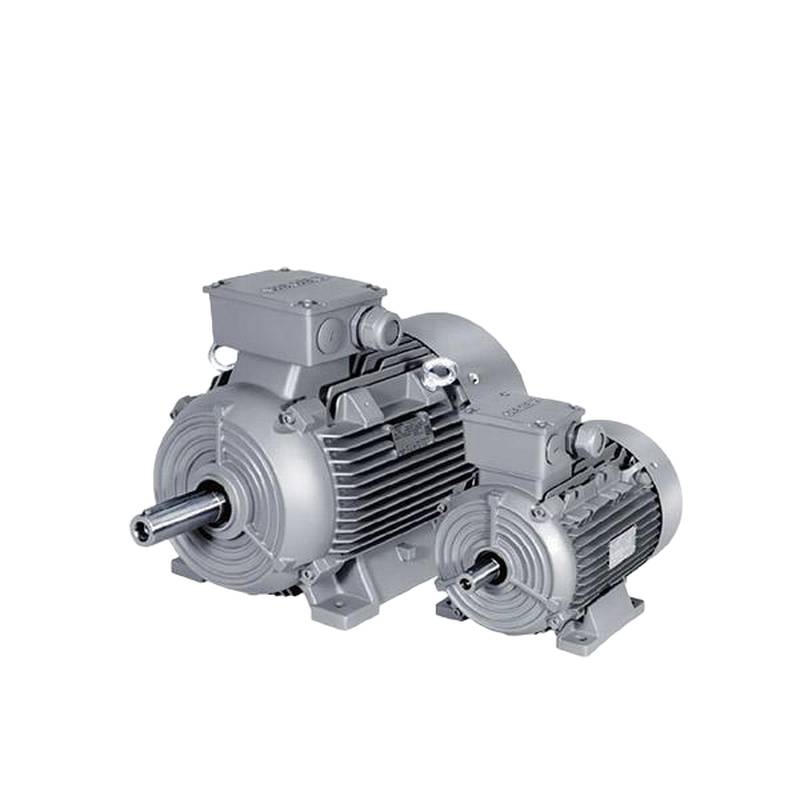
The Yaskawa SGMXJ-04AUA6SC2, a low-inertia servo motor with a brake, stands out in demanding automation applications due to its exceptional performance characteristics and robust design. This compact powerhouse delivers rapid acceleration and deceleration, precise positioning, and reliable holding torque, making it indispensable for high-speed, high-accuracy tasks. With a rated voltage of 200V, a continuous stall torque of 1.1 Nm, and peak stall torque of 3.3 Nm, the SGMXJ-04AUA6SC2 is engineered for efficiency and responsiveness. Its integrated brake provides crucial safety and holding capabilities, ensuring positional integrity even during power loss. This motor is a prime example of Yaskawa's commitment to innovation, offering a superior solution for industries prioritizing speed, precision, and operational reliability.
Product Specifications
| Parameter | Value |
| :-------------------- | :-------------------- |
| Model | SGMXJ-04AUA6SC2 |
| Series | Sigma-7J Low Inertia |
| Rated Voltage | 200V |
| Rated Output | 100W |
| Rated Speed | 5000 r/min |
| Continuous Stall Torque | 1.1 Nm |
| Peak Stall Torque | 3.3 Nm |
| Rotor Inertia | 0.0036 kg·m² |
| Brake Type | Spring Set, Electrically Released |
| Brake Torque | 1.5 Nm |
| Encoder Resolution | 20-bit (1,048,576 pulses/rev) |
| Frame Size | 40mm |
| Protection Class | IP65 |
Core Features & Market Positioning
The Yaskawa SGMXJ-04AUA6SC2 distinguishes itself through its low rotor inertia, a critical attribute enabling extremely fast dynamic responses. This feature directly translates to shorter cycle times and enhanced throughput in automated manufacturing processes, positioning it as a premium choice for high-performance servo applications. The motor's robust construction and IP65 protection rating ensure durability and reliability in harsh industrial environments, minimizing downtime and maintenance costs. Furthermore, its seamless integration with Yaskawa's Sigma-7 series drives and controllers offers a cohesive and optimized motion control system, a significant advantage for engineers seeking unified solutions. This combination of speed, precision, and system compatibility solidifies its market position as a leading low-inertia servo solution for demanding automation challenges.
Key Application Scenarios
The SGMXJ-04AUA6SC2 is ideally suited for a wide array of automation tasks where rapid and precise motion is paramount. It excels in pick-and-place operations, robotic arm articulation requiring swift movements between points, and high-speed assembly machinery. In packaging and labeling equipment, its accuracy ensures consistent product handling and application. The integrated brake is particularly valuable in vertical axis applications, preventing accidental drops and maintaining position during pauses or power interruptions. Industries such as electronics manufacturing, medical device assembly, and food processing frequently leverage this motor's capabilities for automated dispensing, precise manipulation, and high-throughput production lines, where every millisecond and micrometer counts.
Practical System Integration Guidance
Integrating the Yaskawa SGMXJ-04AUA6SC2 into an existing system involves careful consideration of motor wiring, encoder feedback, and brake control. The motor typically utilizes a multi-conductor power cable and a separate encoder cable. For brake operation, a dedicated power source, often matching the control voltage, is required to release the brake; power loss to this circuit engages the brake. When connecting to a Yaskawa Sigma-7 drive (e.g., SGD7S series), ensure the motor's power and encoder connectors are correctly seated. Parameter configuration within the drive is crucial; settings such as encoder resolution, motor poles, and braking logic must be matched to the SGMXJ-04AUA6SC2 specifications for optimal performance and safety. Always consult the drive's manual for specific wiring diagrams and parameter setup guidance.
Operation and Risk Mitigation
Safe operation of the Yaskawa SGMXJ-04AUA6SC2 mandates adherence to established safety protocols. Before powering the system, verify all connections are secure and that the motor shaft is free to move. The integrated brake automatically engages when power is removed from its coil; this is a critical safety feature for preventing unexpected movement. However, ensure that the brake is properly disengaged before attempting to manually rotate the motor shaft during setup or maintenance to avoid damage. Common troubleshooting may involve checking motor winding continuity, encoder signal integrity, and brake coil resistance. Refer to the drive's diagnostic codes for specific fault information; for instance, an overcurrent fault might indicate mechanical binding or a drive issue, while an encoder error would point to feedback problems.
Scalability & Long-Term Value
The Yaskawa SGMXJ-04AUA6SC2 offers significant scalability and long-term value, primarily through its compatibility within the broader Yaskawa Sigma-7 motion control ecosystem. This allows for seamless expansion of automation systems, enabling users to add more servo axes or integrate advanced motion control capabilities without requiring a complete overhaul of existing infrastructure. Its robust design and high-quality components contribute to a long operational lifespan, reducing the total cost of ownership. Furthermore, Yaskawa's ongoing development in industrial automation, including advancements in IIoT connectivity and predictive maintenance through their Yaskawa Cockpit software, ensures that integrating the SGMXJ-04AUA6SC2 into future smart factory initiatives is straightforward, preserving its relevance and value in an evolving industrial landscape.
FAQs
1. What is the primary advantage of low inertia in a servo motor like the SGMXJ-04AUA6SC2?
Low inertia allows for rapid acceleration and deceleration. This translates to faster response times and shorter motion profiles.
Quick changes in speed and direction are enabled by this design. This is critical for high-speed automation tasks.
2. How does the integrated brake function on the Yaskawa SGMXJ-04AUA6SC2?
The brake is spring-applied and electromagnetically released. It engages when power is removed from the brake coil.
This feature provides holding torque to maintain position even during power outages. It's essential for safety in vertical axis applications.
Ensuring correct voltage to the brake coil is vital for its proper disengagement during operation.
3. What are the typical applications where the SGMXJ-04AUA6SC2 is most effective?
It excels in high-speed pick-and-place and robotic arm movements. Applications requiring quick, precise positioning benefit greatly.
This motor is well-suited for automated assembly, packaging, and labeling machines. Its responsiveness improves cycle times.
Vertical axis applications where holding torque is critical are also ideal. This includes certain conveyor or lifting systems.
4. What technical specifications are crucial for system integration with the SGMXJ-04AUA6SC2?
Matching the motor's rated voltage (200V) and power output (100W) with the servo drive is essential. Accurate encoder feedback setup is also critical.
Understanding the continuous (1.1 Nm) and peak (3.3 Nm) stall torque is important for load calculations. The brake torque (1.5 Nm) needs to be considered for holding capacity.
Correct wiring of power, encoder, and brake circuits according to Yaskawa documentation is paramount.
5. How can I ensure the long-term reliability and performance of this servo motor?
Regularly inspect motor connections and the surrounding environment for cleanliness. Avoid operating the motor outside its specified environmental or performance limits.
Ensure proper ventilation around the motor and drive to prevent overheating. Follow recommended maintenance schedules as outlined by Yaskawa.
Utilize Yaskawa's diagnostic tools and software for monitoring motor status and potential issues. Predictive maintenance can prevent unexpected failures.
6. What is the significance of the SGMXJ-04AUA6SC2's IP65 rating?
An IP65 rating means the motor is protected against dust ingress. It also means it can withstand low-pressure water jets from any direction.
This level of protection makes the motor suitable for use in harsh industrial environments. It resists dust and moisture contamination.
Applications in food processing, chemical plants, or areas with frequent washdowns can safely employ this motor.
7. How does the rotor inertia of 0.0036 kg·m² impact the motor's performance?
This low inertia value allows the motor to change speed and direction very rapidly. It contributes to high dynamic performance.
It enables faster acceleration and deceleration profiles, reducing overall motion time. This is key for high-throughput applications.
The motor can achieve higher peak performance relative to its size and continuous torque rating.
8. Can the SGMXJ-04AUA6SC2 be easily integrated with existing Yaskawa automation platforms?
Yes, it's designed for seamless integration with Yaskawa Sigma-7 series servo drives. This ensures optimal system compatibility.
Leveraging the Yaskawa ecosystem simplifies setup and parameterization. It often allows for quicker commissioning times.
Compatibility with Yaskawa's motion controllers and software enhances system scalability and advanced control capabilities.
9. What precautions should be taken during installation and commissioning?
Always ensure power is completely disconnected before making any connections. Verify correct wiring for power, encoder, and brake circuits.
Manually rotate the shaft only when the brake is disengaged and confirmed to be free. Avoid subjecting the motor shaft to excessive axial or radial loads.
Perform parameter setup in the drive meticulously, matching all motor-specific values for safe and efficient operation.
10. What are the benefits of using a servo motor with a brake in industrial automation?
The brake provides essential holding torque to prevent unwanted movement. This is crucial for safety and positional integrity.
It allows for safe operation on vertical axes, preventing loads from falling. It also ensures position is maintained during power loss.
The brake can assist in stopping the load quickly and holding it during machine downtime or maintenance.
















